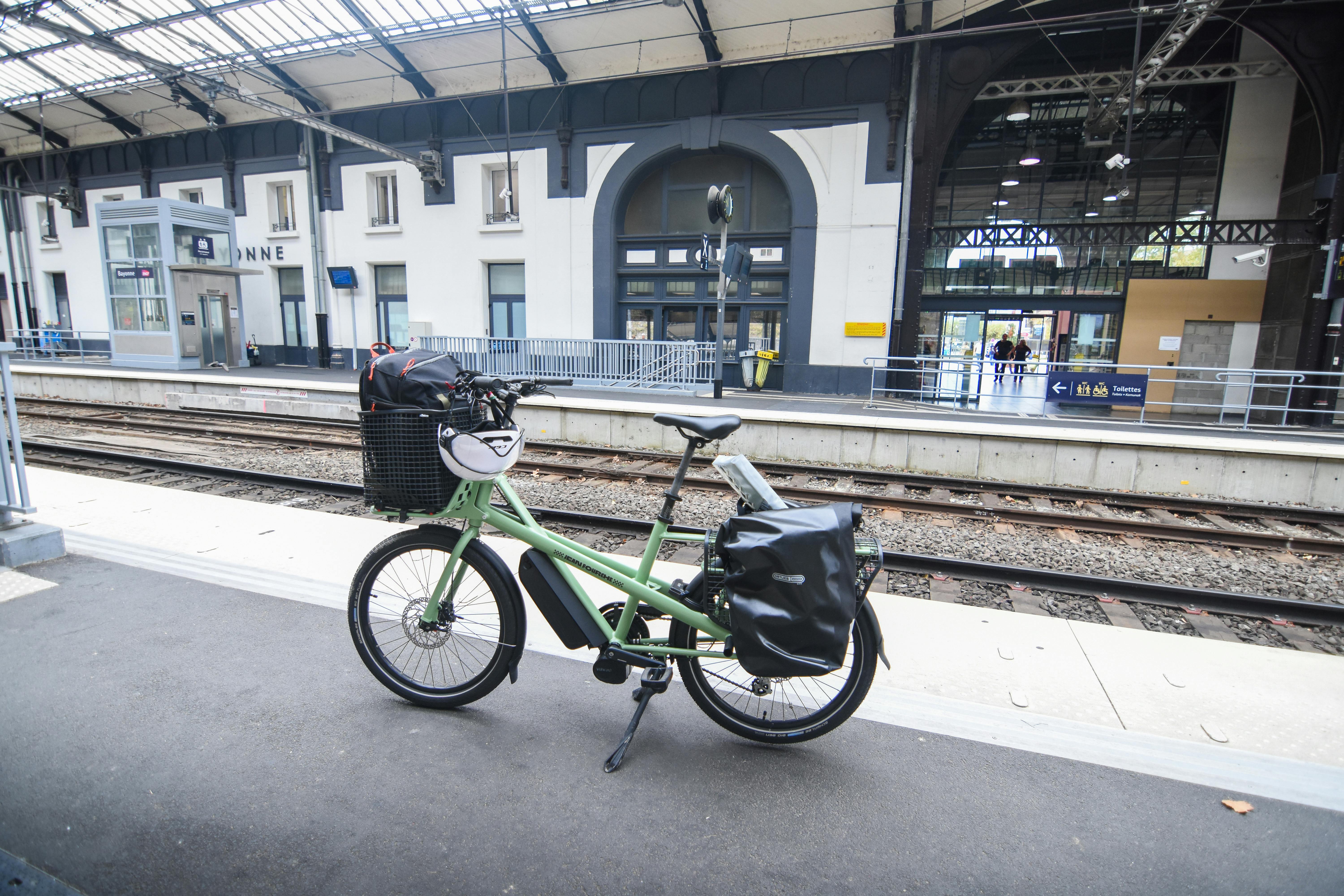"Pedal Power: The Emergence of Bicycle Tourism"
It’s time to saddle up and embark on a new kind of adventure. Bicycle tourism, a trend that merges fitness, sustainability, and exploration, is gaining traction worldwide. Whether it's leisurely rides through bucolic landscapes or challenging off-road trails, this mode of travel offers an intimate, eco-friendly way to experience a destination. In this article, we delve into the evolution of bicycle tourism, its current trends, and its implications for adventurous travellers.

The Wheels of Time: The History of Bicycle Tourism
The bicycle, once a novelty invention of the 19th century, has journeyed far from its humble beginnings. Its transformation into a vehicle for tourism was gradual but definitive. In the early 20th century, cycling clubs emerged, organizing group rides and races. Post World War II, the increase in leisure time and disposable income led to a boom in recreational cycling. By the 1970s, long-distance bicycle touring had become a popular form of vacationing, with travel guides and maps catering specifically to cyclists.
The Gear Shift: Current Trends in Bicycle Tourism
Bicycle tourism has evolved to embrace various forms, from urban bike tours to multi-day cycling trips. Bikepacking, a fusion of mountain biking and minimalist camping, has seen a surge in popularity, appealing to those seeking off-beat, self-sustained adventures. Meanwhile, food and wine cycling tours attract epicurean explorers, merging gastronomy with gentle exercise.
The Road Less Travelled: The Advantages and Challenges of Bicycle Tourism
Bicycle tourism’s appeal lies in its simplicity and accessibility. It’s a low-impact, eco-friendly way to travel that allows for immersion in landscapes at a slower, more contemplative pace. However, it does present challenges. Weather conditions can greatly affect the experience, and physical fitness and preparation are crucial. Despite these hurdles, the rewards - improved health, reduced carbon footprint, and unparalleled scenic views - make it an enticing option for many.
Pedal Pushers: The Impact of Bicycle Tourism
Bicycle tourism is more than a trend; it’s a catalyst for economic and environmental change. Small towns and rural areas benefit from the influx of cyclists seeking local food, accommodation, and services. Environmentally, bicycle tourism promotes sustainable travel, contributing to the reduction of carbon emissions.
Practical Cycling Tips and Interesting Facts
- Invest in a quality bicycle that fits your body and the type of cycling you plan to do.
- Always wear a helmet and visible clothing.
- Carry a basic repair kit for minor breakdowns.
- Stay hydrated and fuelled. Pack water and high-energy snacks.
- Map your route in advance, but be open to spontaneous detours.
- Interesting Fact: The world’s longest continuous cycle path is the EuroVelo 6 route, stretching 3,653km from the Atlantic Ocean to the Black Sea.
- Interesting Fact: Taiwan’s annual round-island cycling tour attracts more than 20,000 participants from around the world.
In conclusion, bicycle tourism represents a shift towards sustainable, immersive travel experiences. It’s a testament to the bicycle’s enduring appeal and versatility. As we pedal towards the future, bicycle tourism looks set to steer us towards more mindful, rewarding explorations. So go ahead, gear up and ride into your next adventure!



